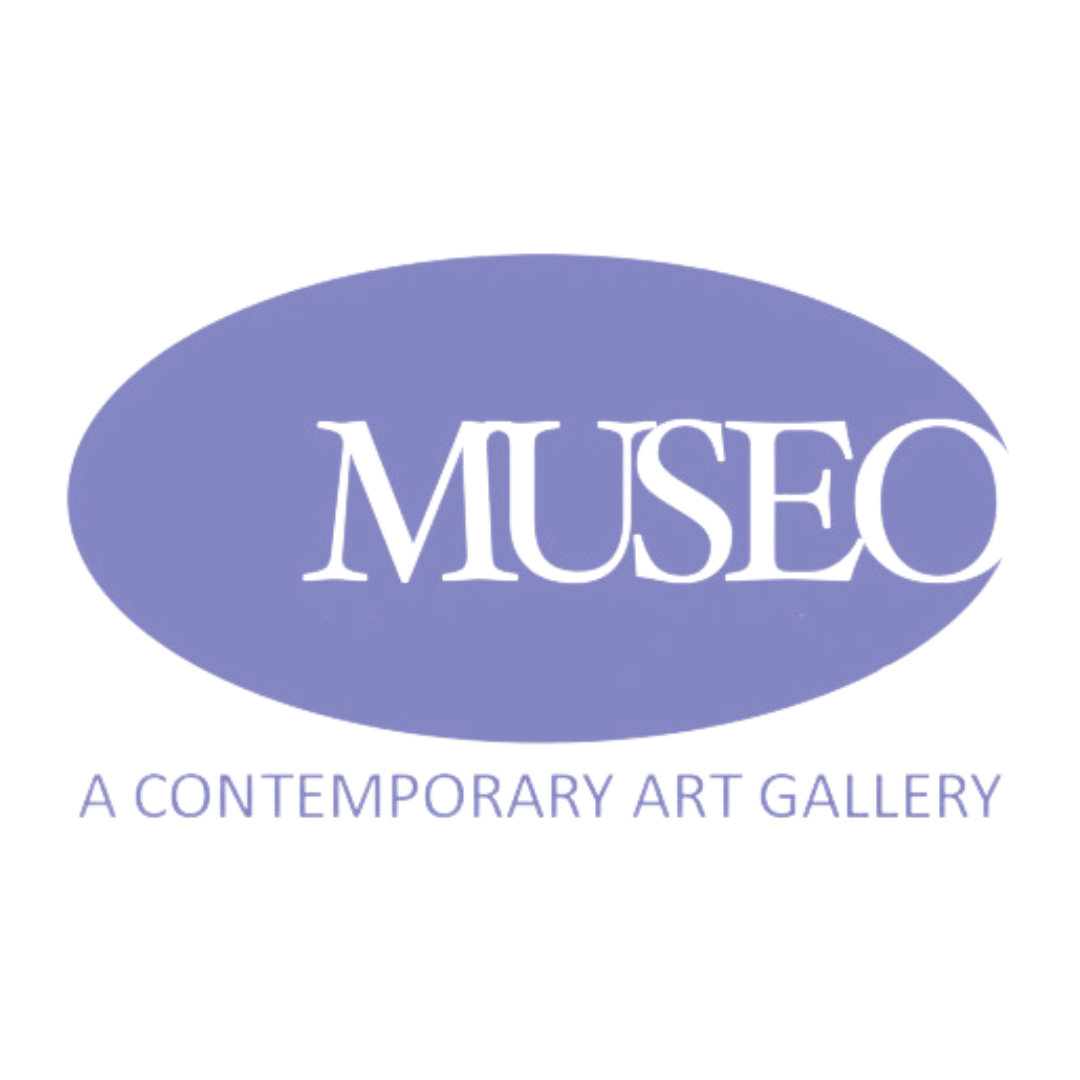5 Whidbey Island Artists You Should Know
PETE JORDAN
Double Bluff Driftwood Rhythms Series No. 3
One of Whidbey Island’s most well-known landscape painters, Pete Jordan paints the shorelines of the island he loves. Born in Grand Rapids, Minnesota in 1949, Pete Jordan moved to the Pacific Northwest in 1968, and has been painting full time since 1970. Combining a background in the environmental sciences with an interest in the natural world, Jordan keenly observes nature, and transforms it into a luminous experience of color and light.
In his recent Driftwood Rhythm Series, Jordan captures the essence of Whidbey Island, both of the natural world and our human experience with it.
“So many times I have walked the beach and found myself feeling like I was in a Pete Jordan painting,” says Museo Gallery owner Nancy Whittaker. “His skill at capturing the light on the driftwood, the green of the low-tide, the wispy clouds in the sky are like no other. Pete paints what he knows and loves; he is of the local landscape.”
This shimmering between realism and painterliness makes Pete Jordan’s beach landscapes some of the most sought-after landscape paintings in the Pacific Northwest, and especially to collectors on Whidbey Island, where Jordan paints and strolls the beaches for inspiration.
MICHAEL DICKTER
Heron Cluster Flock
Michael Dickter engages with the concept of impermanence in the natural world in his colorful and surprising paintings that play with both realism and the imagination.
“I am interested is in creating a permanent record of the impermanence of our world,” says Dickter. “In considering the exquisiteness of a moment shared, of a new connection, a new thought, an old memory, I am often stuck by the duality of permanence and impermanence all around us.”
His paintings record the motion and color of birds, the fading light of flowers, and his process of color choices, layering and erasure.
Dickter has lived on Whidbey Island for just a few years, moving from Seattle to take over the Island’s beloved Museo Gallery, but in that short time has established himself as one of the Island’s favorite painters of birds, as well as an innovative creative artist, taking risks in his work while exploring nature’s beauty.
Spring Cleaning
FAITH SCOTT JESSUP
Faith Scott Jessup’s paintings are equal parts invention and description. While the work has a high degree of verisimilitude, for Jessup, realism is not the point. Rather, detailed description is a by-product of sustained observation and contemplation.
An avid beachcomber, Jessup find and collects small, often overlooked objects during her daily walks along Whidbey Island shores.
“Sometimes these items—stones, leaves, shells, twigs -- intimately observed, will converse with reimagined landscapes,” says Jessup. “At times, favorite stones or other things that have hovered around the edges of my life for years will be rediscovered and painted anew, given the fresh perspective of a new place.”
For Jessup, objects in the natural world resonate with life an energy.
“The resonance of these humble objects speaks to my attitude about art, the world, and existence,” she says.
“To be quiet, to listen, to touch. To pay attention.”
CLAUDIA PETTIS
Flock at the Beach
“If we care enough to notice something and give our attention and meditate on it, then we give honor to that subject, says painter Claudia Pettis. “I believe sheep are worthy of my long hours of concentration.”
A classically trained artist, Pettis is skilled in the observation of light, color, shape, and line, giving her paintings a feeling of masterful control of the brush.
“Sculpting in clay and working in wax and bronze started my progression into painting, says Pettis. She studied portraiture, particularly Dutch works, has spent hours in front of Titian, Rembrandt, Rubens, Manet, and Carot - all inspiration for her growth as an artist. As a shepherd to the animals on her Whidbey Island farm, Pettis also follows in the Dutch painting tradition of recording the life around her.
“From Neolithic times to the present they have given us wool and milk, weavings and shelter, the Vikings sails, and the nomadic cultures. I find them a magnificent symbol of survival and service and tenderness,” says Pettis.
“Quite simply, they inspire me. It is a great comfort to paint what I most know as a shepherd – sheep.”
JEAN WHITESAVAGE
Pod Rising
“It’s really hot this week and I am forging steel,” quipped sculptor Jean Whitesavage on an atypically warm summer day on Whidbey Island, where she shares a studio with her collaborator and partner, Nick Lyle.
“Go figure.”
Whitesavage spends a lot of time in front of the heat of the forge, producing sculpture and architectural ironwork for buildings, gardens, parks and public spaces, as well as creating smaller works for interiors. Together, Whitesavage and Lyle have completed more than thirty public art commissions as well as designing, making and installing artwork for many private homes and gardens, and for businesses as well.
Inspired by the forms of nature, Whitesavage creates winding and trailing forms that echo the verdant abundance of her Northwest island home.
Sometimes collaborating, sometimes working independently, Jean and Nick design and fabricate artworks in hand forged steel, as well as a variety of other media, such as stained glass, hand-painted porcelain enamel, masonry and wood.









